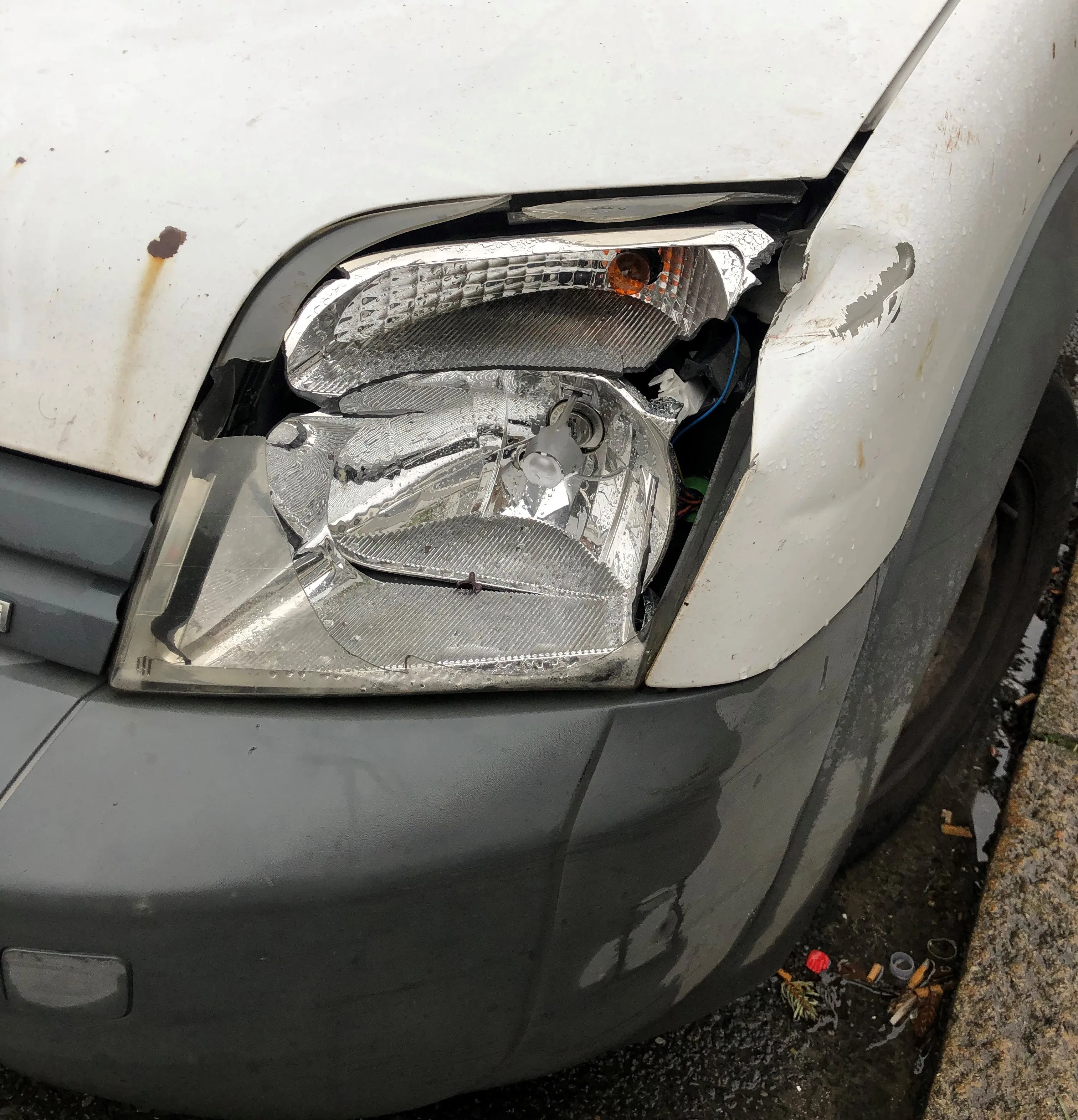Estimates suggest that by 2030, several million self-driving cars may be in use globally. However the ETSC cautions that there will be over 1 billion cars still in use without this sophisticated technology. According to the ETSC, many of those vehicles operating in 2030 will be ones rolling off the production lines during this year and the next few years. A major cause for concern is that both policymakers and auto manufacturers are focussing on the future benefits of autonomous driving and are ignoring many of the causes of road crashes. But these collisions that could be avoided through the use of existing, affordable technologies.
The ETSC points out that systems such as autonomous emergency braking (AEB), intelligent speed assistance (ISA) and lane keeping systems (LKS) could prove as effective in reducing road deaths as the seatbelt. But as with the seatbelt, the biggest safety gains will only be seen when all cars are fitted with AEB, ISA and LKS technology. Offering these systems either as optional extras or on premium models only will have limited benefit.
Although the EU has delayed action on improving the minimum safety standards of vehicles for almost a decade, a major new proposal is expected shortly. But there is a risk that EU member states will allow auto makers an easy ride. The manufacturers may argue that as full vehicle autonomy is just around the corner there is no need to require all new vehicles to feature these safety systems.
However the ETSC cautions that AEB, ISA and LKS technologies are essential tools in improving safety. Requiring these systems to be fitted now means that even as autonomous vehicles begin to proliferate, the existing vehicles in use will still feature key safety technology.
It is worth noting that many models available in developing nations are not equipped with many safety features as required in the developed markets of Europe or the US, such as airbags. As a result, there can be marked difference in the crash protection offered by the same models for different markets, with those available in the developing world offering far lower safety ratings. Manufacturers also tend to continue selling older generation models in developing markets because these are cheap to produce and require no development costs long after they have become defunct in Europe or the US.
The ETSC warns that pressure is needed now to ensure auto markets start fitting these proven safety technologies. And it is clear that these systems should not just be fitted to vehicles for developed markets such as the US and Europe, but for truly global sales. Focussing on autonomous vehicles as the way to reduce road deaths does not provide a quick answer to casualty reduction. And the ETSC warns that with many obstacles in the way to the development and deployment of autonomous vehicles, it makes sense to require auto makers to utilise proven safety technology now.
Future road safety progress may be slow
Future progress on road safety could be slower than hoped, according to the European Transport Safety Commission (ETSC). It warns that the high profile development of autonomous vehicles could restrain moves to improve road safety around the world. With road deaths killing up to 1.25 million people/year, lowering the casualty rate is seen as a priority. But a much sharper awareness of how to reduce the number of deaths and injuries is required.
March 9, 2018
Read time: 3 mins
Future progress on road safety could be slower than hoped, according to the 5801 European Transport Safety Commission (ETSC). It warns that the high profile development of autonomous vehicles could restrain moves to improve road safety around the world. With road deaths killing up to 1.25 million people/year, lowering the casualty rate is seen as a priority. But a much sharper awareness of how to reduce the number of deaths and injuries is required.







